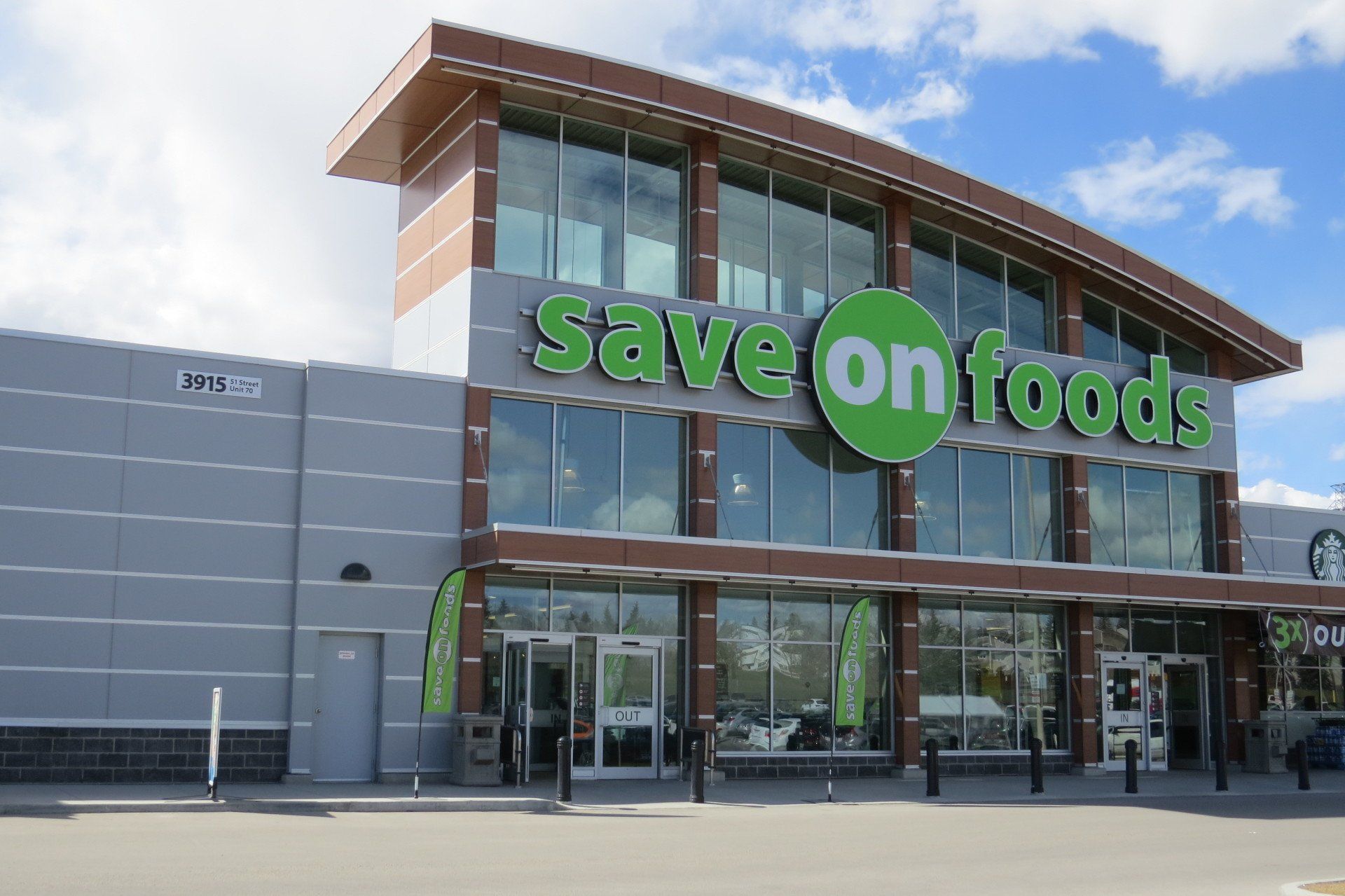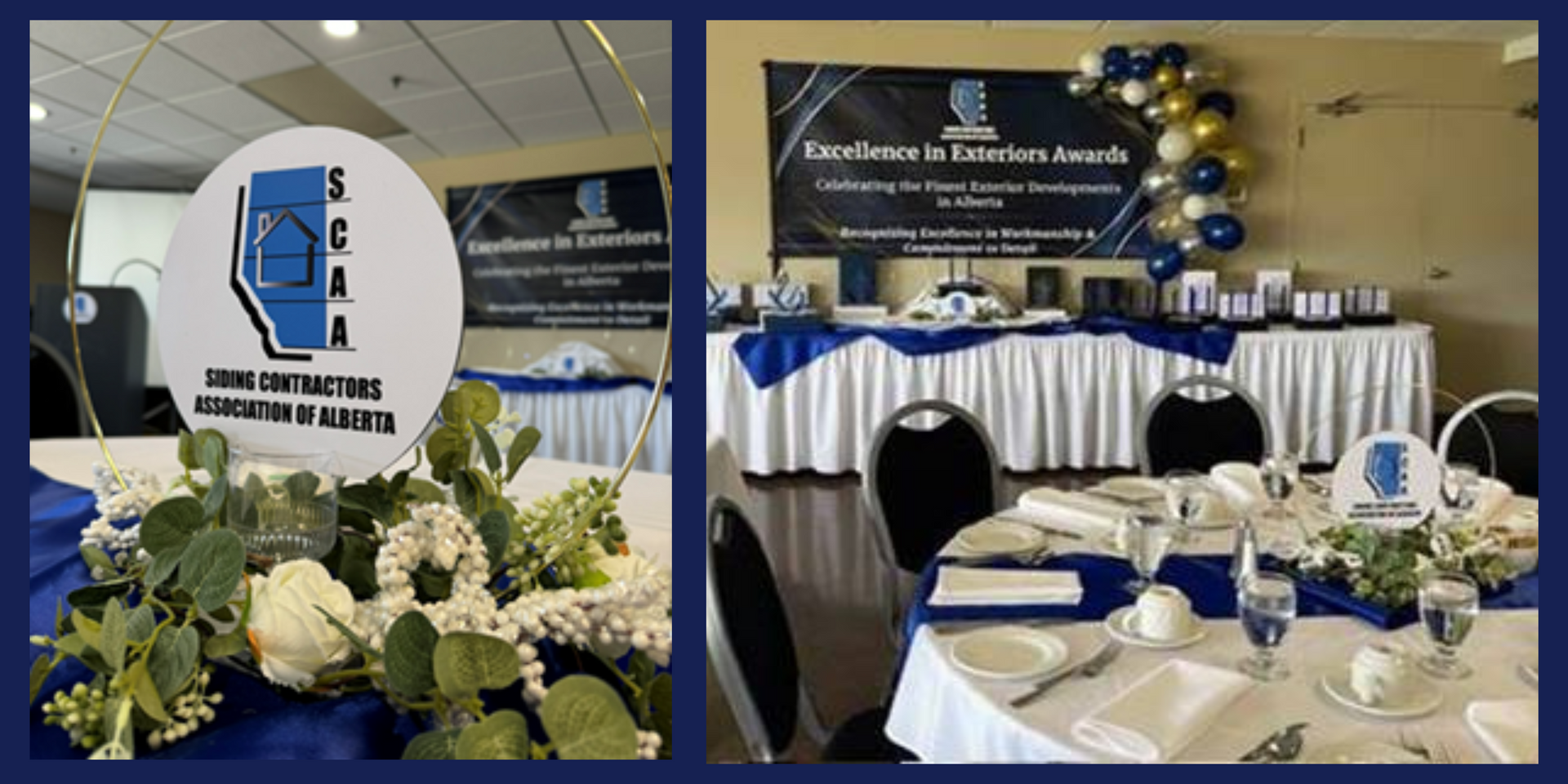High-Performance Aluminum Comes to Life
Andrew Novello • February 1, 2020
Prepared for SCAA – FEB 2020 – by: EasyTrim Reveals / QuickPanel Systems Inc. / FASTPLANK Systems Inc.

The choice of aluminum building products reflects premium quality, values of sustainability, and an honourable legacy in what is built.
Aluminum was first used in quantity for building and construction in the 1920s. The applications were primarily oriented toward decorative detailing and art deco structures. In 1930, a breakthrough in the use of aluminum in building came with the construction of major structures like the Empire State Building1.
Today, aluminum is recognized as high-performance building material, and is one of the strongest, fastest growing products used in construction. All for good reason: the metal and its alloys are lightweight and attractive, durable, fire and corrosion resistant, and infinitely recyclable.
By nature, aluminum is lightweight with a density that is only one-third that of steel. Lightweight building materials allow for many benefits from design flexibility, reduced transportation costs, temperature adaptability, and lower overall life cycle energy use.
Aluminum has an attractive appearance in its natural finish, which can be soft and lustrous or bright and shiny. It can take on virtually any color, pattern, or texture2.
Aluminum is durable, it stands up better than most other materials in the harshest elements and weather conditions. Intense heat, cold, rain, snow, and wind are no match for the long-lasting and durable performance standards of the metal.
The natural physical characteristics of aluminum and its alloys are such that they do not burn under normal conditions nor do they contribute to flame spread or act as a fire accelerant3. The fire-resistance of aluminum increases the long-term value and safety fundamentals in commercial and residential construction.
Aluminum is infinitely recyclable, making it one of the most recycled metals in the world. Nearly 75 per cent of all aluminum produced is still in use today4. As society continues to work towards environmental sustainability, the unique properties and recyclability of aluminum are the right fit for the world's needs to reduce greenhouse gas emissions4.
Three modern aluminum building products that are changing the way aluminum is used in building construction include an innovative siding and panel trim system by EasyTrim Reveals. These extruded aluminum trim profiles are not only beautiful and painlessly easy to install, but also incredibly durable and feature many patented water-management features. This patented product is a modern compliment to almost any cladding material from fiber cement panels, to LAP or vinyl siding. Learn more at easytrimreveals.com.
For a bolder aluminum application to bring your next building project to life, QuickPanel® Systems Inc. delivers a complete 4mm ACM QuickPanel Pressure-Equalized Rainscreen System. This premium product provides all the benefits of aluminum alongside superior drainage, circulation, and ventilation. Plus, QuickPanel® offers an endless selection of colours, the simplest installation methodology, and comes without the traditional premium price tag. Learn more at quickpanels.com.
And, coming to market in 2020, FASTPLANK™ Systems Inc. offers 4” and 6” aluminum plank siding system that brings together the latest in building technology with the innovative requirements of modern design. With its efficient installation technology, a wide variety of woodgrain and ColorMatch options, and the sustainable and recyclable qualities of aluminum, FASTPLANK™ aluminum siding is sure to meet the needs of even the most discerning building or homeowner. Learn more at fastplank.com.
Working with aluminum is something that as individual organizations, and as an industry, we can be proud of for years to come.
1 Building & Construction. The Aluminum Association. Retrieved online May 9, 2019 from: https://www.aluminum.org/product-markets/building-construction
2. Davis, J.R. (1999). Corrosion of Aluminum and Aluminum Alloys. Retrieved online May 9, 2019 from: https://www.asminternational.org/documents/10192/3456792/06787G_Sample.pdf/c4151917-99fc-46e8-a310-d5578d0af160
3. Kaufman, J. Gilbert (2016). Fire Resistance of Aluminum and Aluminum Alloys. Retrieved online May 9, 2019 from: https://www.asminternational.org/documents/10192/1849770/05917G_TOC.pdf/bc4c5fd0-9a63-4b2c-87b6-89a0b69a7c23
4. Aluminum Facts. Natural Resources Canada. Retrieved online May 9, 2019 from: https://www.nrcan.gc.ca/mining-materials/facts/aluminum/20510



